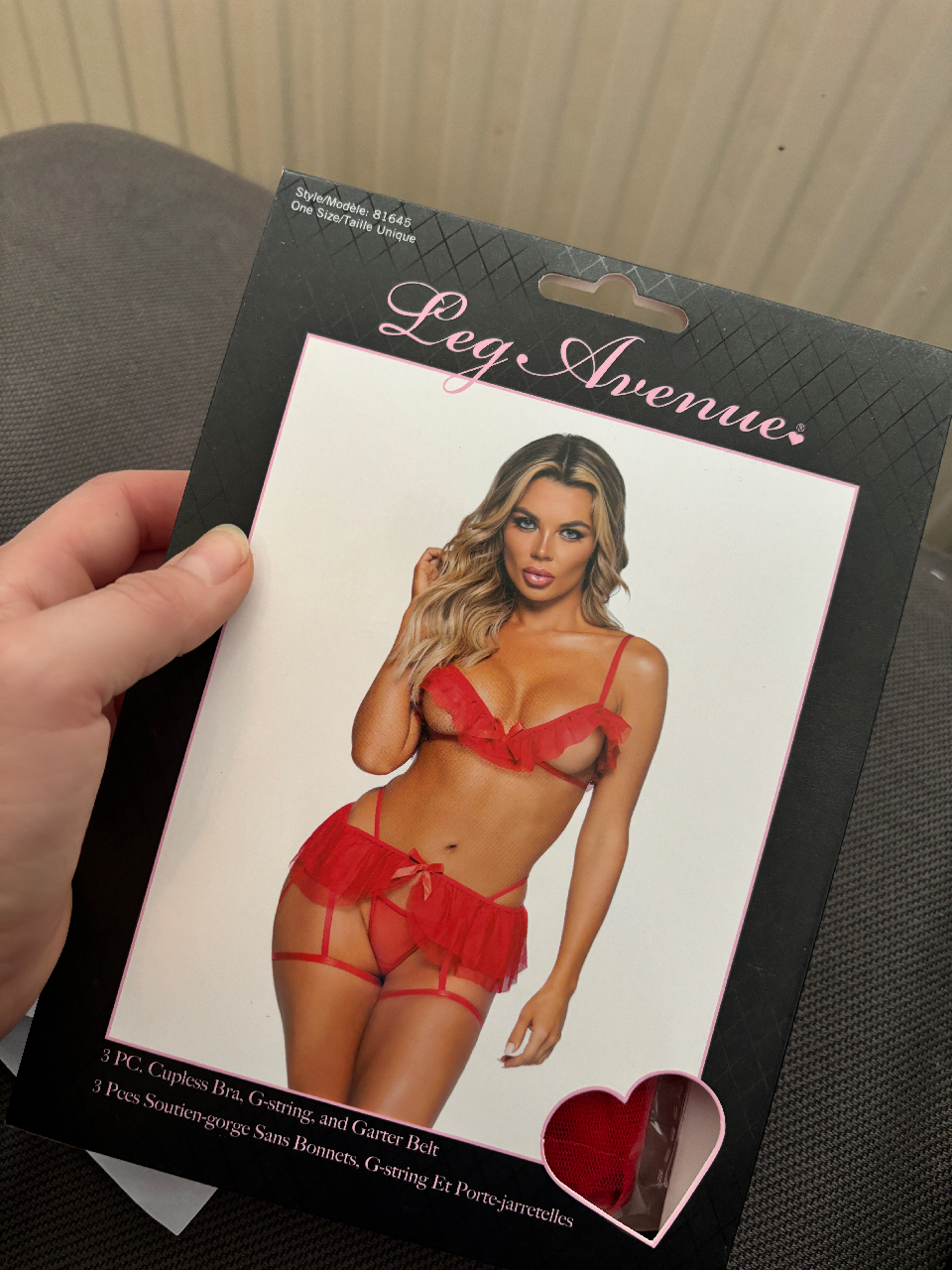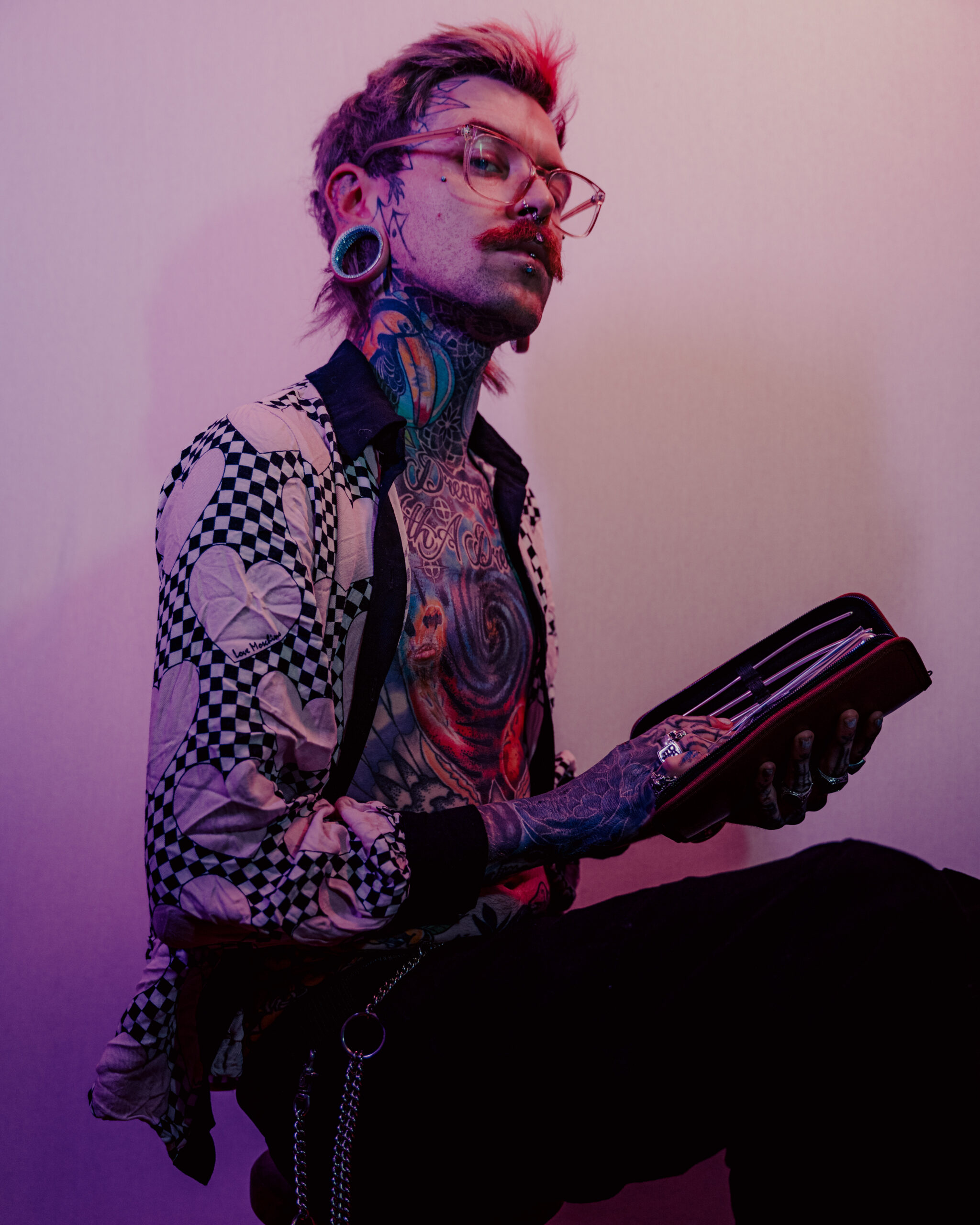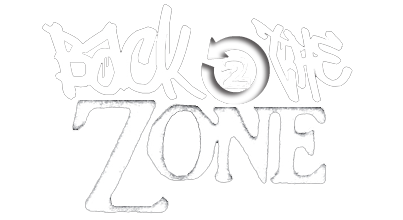Understanding Sexual Attraction
Exploring the spectrum of human sexuality reveals a fascinating landscape of diverse experiences and attractions. Within the LGBTQ+ community, individuals navigate a rich tapestry of sexual orientations, each with its unique nuances. Understanding these varied forms of sexual attraction is crucial for fostering empathy, acceptance, and respectful discourse.
Heterosexual Attraction
Heterosexual attraction refers to being romantically, emotionally, and/or sexually attracted to people of the opposite gender. This attraction aligns with the traditional societal understanding of gender roles and relationships, where men are typically attracted to women and vice versa. It is important to remember that this attraction exists on a spectrum, and individuals may experience varying degrees of intensity or focus within this orientation.

While heterosexual attraction is one form of sexual attraction, it’s essential to acknowledge the vast diversity within the LGBTQ+ community. Many other orientations exist, including lesbian, gay, bisexual, pansexual, asexual, and more. Each of these orientations represents a unique way of experiencing and expressing sexuality.
Homosexual Attraction
Understanding these varied forms of sexual attraction is crucial for fostering empathy, acceptance, and respectful discourse.
Let’s explore some common sexual orientations within the LGBTQ+ community:
- Lesbian: Women who are romantically, emotionally, and/or sexually attracted to other women.
- Gay: Men who are romantically, emotionally, and/or sexually attracted to other men.
- Bisexual: Individuals who are romantically, emotionally, and/or sexually attracted to two or more genders.
- Pansexual: Individuals who are attracted to people regardless of their gender identity or expression.
- Asexual: Individuals who do not experience sexual attraction.
Bisexual Attraction
Exploring the spectrum of human sexuality reveals a fascinating landscape of diverse experiences and attractions. Within the LGBTQ+ community, individuals navigate a rich tapestry of sexual orientations, each with its unique nuances. Understanding these varied forms of sexual attraction is crucial for fostering empathy, acceptance, and respectful discourse.
Let’s explore some common sexual orientations within the LGBTQ+ community:
- Lesbian: Women who are romantically, emotionally, and/or sexually attracted to other women.
- Gay: Men who are romantically, emotionally, and/or sexually attracted to other men.
- Bisexual: Individuals who are romantically, emotionally, and/or sexually attracted to two or more genders.
- Pansexual: Individuals who are attracted to people regardless of their gender identity or expression.
- Asexual: Individuals who do not experience sexual attraction.
Pansexual Attraction

Exploring the spectrum of human sexuality reveals a fascinating landscape of diverse experiences and attractions. Within the LGBTQ+ community, individuals navigate a rich tapestry of sexual orientations, each with its unique nuances. Understanding these varied forms of sexual attraction is crucial for fostering empathy, acceptance, and respectful discourse.
Pansexual attraction refers to being attracted to people regardless of their gender identity or expression. Pansexual individuals are not limited by traditional gender binary categories and find themselves attracted to a wide range of genders, including men, women, transgender individuals, non-binary individuals, and more.
Understanding pansexuality is essential for recognizing the fluidity and diversity of human attraction. It challenges societal norms that often restrict sexual orientation within rigid gender categories.
Asexual Attraction
Exploring the spectrum of human sexuality reveals a fascinating landscape of diverse experiences and attractions. Within the LGBTQ+ community, individuals navigate a rich tapestry of sexual orientations, each with its unique nuances. Understanding these varied forms of sexual attraction is crucial for fostering empathy, acceptance, and respectful discourse.
Pansexual attraction refers to being attracted to people regardless of their gender identity or expression. Pansexual individuals are not limited by traditional gender binary categories and find themselves attracted to a wide range of genders, including men, women, transgender individuals, non-binary individuals, and more.
Understanding pansexuality is essential for recognizing the fluidity and diversity of human attraction. It challenges societal norms that often restrict sexual orientation within rigid gender categories.
Asexual attraction describes individuals who do not experience sexual attraction. It’s important to note that being asexual doesn’t mean a lack of romantic or emotional connection; asexual individuals can form deep bonds with others and may experience romantic attraction or desire platonic relationships.
Asexuality is a valid and diverse orientation, and understanding it helps challenge the misconception that sexual attraction is a universal human experience.
Polysexual Attraction
Exploring the spectrum of human sexuality reveals a fascinating landscape of diverse experiences and attractions. Within the LGBTQ+ community, individuals navigate a rich tapestry of sexual orientations, each with its unique nuances. Understanding these varied forms of sexual attraction is crucial for fostering empathy, acceptance, and respectful discourse.
Let’s explore some common sexual orientations within the LGBTQ+ community:
- Lesbian: Women who are romantically, emotionally, and/or sexually attracted to other women.
- Gay: Men who are romantically, emotionally, and/or sexually attracted to other men.
- Bisexual: Individuals who are romantically, emotionally, and/or sexually attracted to two or more genders.
- Pansexual: Individuals who are attracted to people regardless of their gender identity or expression.
- Asexual: Individuals who do not experience sexual attraction.
Pansexual attraction refers to being attracted to people regardless of their gender identity or expression. Pansexual individuals are not limited by traditional gender binary categories and find themselves attracted to a wide range of genders, including men, women, transgender individuals, non-binary individuals, and more.
Understanding pansexuality is essential for recognizing the fluidity and diversity of human attraction. It challenges societal norms that often restrict sexual orientation within rigid gender categories.

Asexual attraction describes individuals who do not experience sexual attraction. It’s important to note that being asexual doesn’t mean a lack of romantic or emotional connection; asexual individuals can form deep bonds with others and may experience romantic attraction or desire platonic relationships.
Asexuality is a valid and diverse orientation, and understanding it helps challenge the misconception that sexual attraction is a universal human experience.
Demisexual Attraction
Demisexuality is a sexual orientation characterized by experiencing sexual attraction only after forming a strong emotional bond with someone. Unlike asexual individuals who do not experience sexual attraction at all, demisexual people may experience sexual attraction, but it develops and intensifies through deep emotional intimacy.
Understanding demisexuality is crucial for recognizing the diverse ways people experience and express their sexuality. It challenges the notion that sexual attraction is always immediate or solely based on physical appearance.
Demisexual individuals may take longer to develop a sense of romantic or sexual interest compared to others. This does not mean they are incapable of experiencing these feelings, but rather that their experiences are unique and unfold differently.
Exploring Beyond the Binary
Exploring the spectrum of human sexuality reveals a fascinating landscape of diverse experiences and attractions. Within the LGBTQ+ community, individuals navigate a rich tapestry of sexual orientations, each with its unique nuances. Understanding these varied forms of sexual attraction is crucial for fostering empathy, acceptance, and respectful discourse.
Fluid Sexuality
Exploring the spectrum of human sexuality reveals a fascinating landscape of diverse experiences and attractions. Within the LGBTQ+ community, individuals navigate a rich tapestry of sexual orientations, each with its unique nuances. Understanding these varied forms of sexual attraction is crucial for fostering empathy, acceptance, and respectful discourse.
One way to understand this diversity is through fluid sexuality, which acknowledges that attractions can change over time and may not fit neatly into traditional categories.
This fluidity can manifest in various ways: individuals might find their attractions shift towards different genders or experience varying levels of attraction at different points in their lives.
Embracing fluid sexuality means recognizing that people’s experiences are unique and valid, regardless of whether they align with conventional definitions of sexual orientation.
Exploring the spectrum of human sexuality reveals a fascinating landscape of diverse experiences and attractions. Within the LGBTQ+ community, individuals navigate a rich tapestry of sexual orientations, each with its unique nuances. Understanding these varied forms of sexual attraction is crucial for fostering empathy, acceptance, and respectful discourse.
Let’s explore some common sexual orientations within the LGBTQ+ community:
- Lesbian: Women who are romantically, emotionally, and/or sexually attracted to other women.
- Gay: Men who are romantically, emotionally, and/or sexually attracted to other men.
- Bisexual: Individuals who are romantically, emotionally, and/or sexually attracted to two or more genders.
- Pansexual: Individuals who are attracted to people regardless of their gender identity or expression.
- Asexual: Individuals who do not experience sexual attraction.
Pansexual attraction refers to being attracted to people regardless of their gender identity or expression. Pansexual individuals are not limited by traditional gender binary categories and find themselves attracted to a wide range of genders, including men, women, transgender individuals, non-binary individuals, and more.
Understanding pansexuality is essential for recognizing the fluidity and diversity of human attraction. It challenges societal norms that often restrict sexual orientation within rigid gender categories.
Asexual attraction describes individuals who do not experience sexual attraction. It’s important to note that being asexual doesn’t mean a lack of romantic or emotional connection; asexual individuals can form deep bonds with others and may experience romantic attraction or desire platonic relationships.
Asexuality is a valid and diverse orientation, and understanding it helps challenge the misconception that sexual attraction is a universal human experience.
Demisexuality is a sexual orientation characterized by experiencing sexual attraction only after forming a strong emotional bond with someone. Unlike asexual individuals who do not experience sexual attraction at all, demisexual people may experience sexual attraction, but it develops and intensifies through deep emotional intimacy.
Understanding demisexuality is crucial for recognizing the diverse ways people experience and express their sexuality. It challenges the notion that sexual attraction is always immediate or solely based on physical appearance.
Demisexual individuals may take longer to develop a sense of romantic or sexual interest compared to others. This does not mean they are incapable of experiencing these feelings, but rather that their experiences are unique and unfold differently.
Queer and Questioning Identities
Exploring the spectrum of human sexuality reveals a fascinating landscape of diverse experiences and attractions. Within the LGBTQ+ community, individuals navigate a rich tapestry of sexual orientations, each with its unique nuances. Understanding these varied forms of sexual attraction is crucial for fostering empathy, acceptance, and respectful discourse.
Beyond the traditional binary of male and female, there exists a wide array of gender identities and expressions. This diversity extends to sexual attractions as well, encompassing various orientations that defy rigid categorization. Let’s delve into some of these diverse experiences within the LGBTQ+ community:
- Lesbian: Women who are romantically, emotionally, and/or sexually attracted to other women.
- Gay: Men who are romantically, emotionally, and/or sexually attracted to other men.
- Bisexual: Individuals who are romantically, emotionally, and/or sexually attracted to two or more genders.
- Pansexual: Individuals who are attracted to people regardless of their gender identity or expression.
- Asexual: Individuals who do not experience sexual attraction.
Understanding these varied forms of sexual attraction is crucial for fostering empathy, acceptance, and respectful discourse. It’s important to remember that sexual orientation is a deeply personal aspect of an individual’s identity and should be respected and celebrated for its diversity.
The Importance of Respectful Language
It is essential to approach discussions about sexual orientations within the LGBTQ+ community with sensitivity and respect. Each individual experiences and expresses their sexuality in unique ways, and understanding these diverse expressions is crucial for fostering empathy and inclusivity.
Avoiding Stereotypes and Assumptions
Understanding different types of sexual attraction within the LGBTQ+ community requires a commitment to respectful language and an awareness that generalizations can be harmful.
It’s important to remember that sexual orientation is a complex and personal aspect of identity, and individuals may identify with various terms or experience their attractions in unique ways. Avoid using stereotypes or assumptions about individuals based on their sexual orientation. Instead, treat each person as an individual deserving of respect and understanding.
Using respectful language means:
* **Using accurate terminology:** When discussing sexual orientations, use the terms that individuals identify with. Avoid outdated or offensive language.
* **Being mindful of pronouns:** Always use the pronouns that someone identifies with. If you’re unsure, politely ask.
* **Listening and learning:** Be open to learning about different experiences and perspectives. Engage in conversations with humility and a willingness to understand.
By embracing respectful language and challenging stereotypes, we can create a more inclusive and supportive environment for LGBTQ+ individuals to express their identities freely and authentically.
Using Inclusive Terminology
Respectful language is crucial when discussing sexual orientations within the LGBTQ+ community. It involves using accurate terminology, being mindful of pronouns, and approaching conversations with empathy and openness.
Using terms that align with an individual’s self-identified sexual orientation is essential. This means avoiding outdated or offensive language that can be hurtful and disrespectful. When in doubt, it’s always best to ask how someone prefers to be addressed and what terms they use to describe their sexuality.
Being mindful of pronouns shows respect for an individual’s gender identity. Using the pronouns that align with someone’s gender identity is fundamental to creating a safe and inclusive environment. If you are unsure of someone’s pronouns, politely asking “What pronouns do you use?” is always appropriate.
Empathy and openness are crucial when engaging in conversations about sexual orientation. Listening to others’ experiences with genuine interest and avoiding judgmental language helps foster understanding and respect. It’s important to remember that everyone’s journey with their sexuality is unique, and approaching these conversations with sensitivity and a willingness to learn creates a more inclusive environment for all.
Resources for Further Exploration
For further exploration and resources on LGBTQ+ sexual orientations and identities, consider checking out the following:
- GLAAD: Provides media advocacy and resources promoting LGBTQ+ acceptance.
- Human Rights Campaign (HRC): Works to advance LGBTQ+ equality through advocacy, education, and public awareness.
- The Trevor Project: Offers crisis intervention and suicide prevention services to LGBTQ+ youth.
- PFLAG: Provides support, education, and advocacy for LGBTQ+ people and their families.
- GLAAD’s Glossary of LGBTQ Terms: Defines various LGBTQ+ terms in a clear and accessible way.
rough sex ideas
Alabama SigDelt
Melinda Wenner
- Juvederm Volite Skin Booster Treatments Near Camberley, Surrey - August 31, 2025
- Is 1ml Of Filler Enough For Marionette Lines? - August 16, 2025
- How To Replace The Magnetic Charging Cable For The Craftsman Series Vape - August 10, 2025

